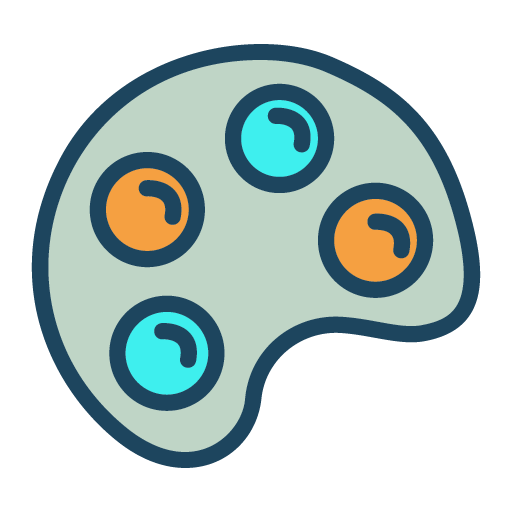Art has long been recognized as a form of therapy, offering a way to release tension, explore emotions, and find peace in creativity. Among different mediums, watercolor holds a special place for its gentle nature and fluid beauty. Painting landscapes with watercolor combines the serenity of nature with the meditative process of art, creating a practice that reduces stress and nurtures well-being.
Why Watercolor Feels Relaxing
The qualities of watercolor naturally encourage relaxation. Its transparency, softness, and unpredictability invite artists to let go of control and embrace flow. Unlike rigid mediums, watercolor thrives on spontaneity, where even unexpected results can add charm and character to a painting.
This acceptance of imperfection makes watercolor uniquely soothing. Artists are not pressured to achieve absolute precision but can instead focus on the experience of watching color spread, merge, and transform across the paper.
The Connection Between Nature and Calmness
Painting landscapes brings an additional layer of tranquility. Nature has been shown to reduce stress levels, and translating its beauty onto paper deepens this calming effect. Observing the sky, mountains, rivers, or forests encourages mindfulness, grounding the artist in the present moment.
When painting, the mind slows down, focusing on details such as the curve of a hill or the colors of a sunset. This practice shifts attention away from worries and toward appreciation of the natural world, fostering peace and clarity.
The Meditative Process of Painting
Watercolor painting shares many similarities with meditation. The repetitive motions of dipping the brush, laying washes, and blending colors create rhythm and flow. Breathing naturally aligns with these movements, promoting calm focus.
The unpredictability of the medium also encourages a mindful state. Artists learn to accept the movement of water and pigment, releasing the need for control. This surrender reduces stress, replacing tension with curiosity and creativity.
Building Confidence Through Creativity
Engaging in watercolor landscapes also builds confidence, which can alleviate stress. As artists see their skills improve with practice, they gain a sense of accomplishment and pride. Even small progress, such as mastering a gradient wash or capturing the glow of light, contributes to positive feelings.
This confidence extends beyond art, as the ability to create something beautiful from simple materials reinforces self-belief and resilience in daily life.
A Therapeutic Hobby for Everyone
One of watercolor’s greatest strengths is its accessibility. It requires only basic tools—paper, brushes, and paints—to begin. This simplicity makes it available to people of all ages and skill levels, offering a therapeutic outlet without overwhelming complexity.
Painting landscapes in particular is approachable for beginners. The organic shapes of mountains, trees, and skies allow freedom of expression without rigid boundaries. Each attempt becomes a calming experience, regardless of the final result.
The Lasting Benefits of Stress Reduction
The calming power of watercolor landscapes extends beyond the painting session. Regular practice can create long-term benefits, such as reduced anxiety, improved focus, and enhanced emotional balance. The connection to nature, combined with the act of creativity, makes painting an enriching form of self-care.
By incorporating watercolor into daily or weekly routines, artists cultivate a habit of mindfulness and relaxation. Over time, this becomes a reliable tool for managing stress and enhancing overall well-being.

